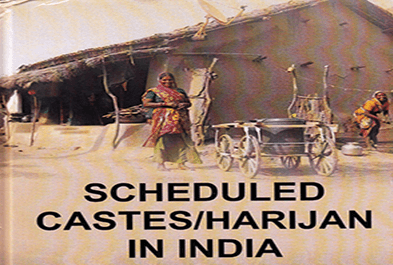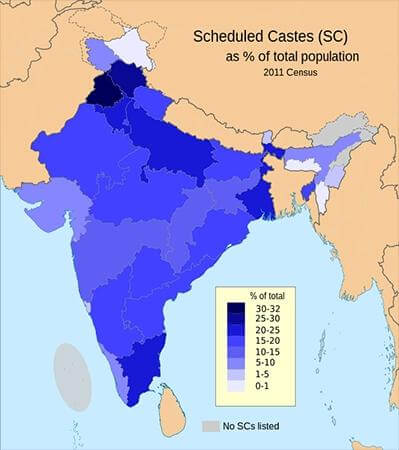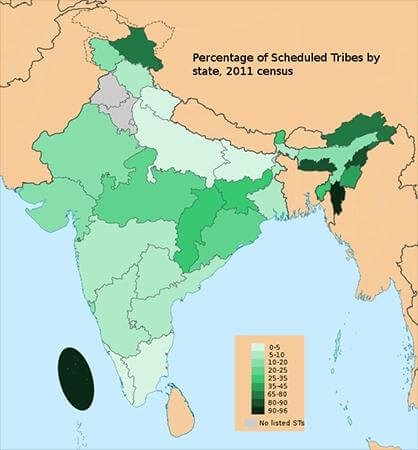What is the full form of SCSC: Scheduled CastesSC stands for Scheduled Castes (SCs). It is the name of a community of people. They are officially determined to be the community among the most disadvantaged group, socially and economically. The conditions which help the recognition of these groups are given recognition in the Constitution of India itself. 
The SCs are further divided into groups, known as castes. There are 1108 castes mentioned in the Constitution (Scheduled Castes) Order of 1950. This Constitution order also mentions that the communities deemed as Scheduled Castes in India will only be the marginalized Hindu communities. There are other communities too like Scheduled Castes (SCs), such as the Scheduled Tribes (STs). They are officially determined to be the group of people. The term Scheduled Castes originated and was initially used in the Government of India Act, by the British in 1935. The act took this definition of the term Scheduled Castes in Part 14 of the act. The Indian government took and carried forward the same definition after India's independence. ..the scheduled castes "means such castes, races or tribes or parts of or groups within castes, races or tribes, being castes, races, tribes, parts or groups which appear to His Majesty in Council to correspond to the classes of persons formerly known as " the depressed classes", as His Majesty in Council may specify. Depressed classes, as they were known when India was under British rule, are called Dalits as per the modern literature. 'United/grouped' as what the word Dalit means, has gained importance and popularity by a reformer, an economist, and Dalit leader during Indian National Movement. Yes, he is non-other than the chairman of the Constituent Assembly of India, Dr. Bhim Rao Ambedkar (1891 - 1956). He was a Dalit himself and preferred the term Harijans which meant to be 'people of the Hindu God Vishnu/Hari'. Dr. B. R. Ambedkar was the man behind drafting the Indian Constitution. And he profoundly understood the necessity for these communities to be socially, financially, and economically empowered and uplifted in order to promote their growth. He also felt that it was important to provide them with equal opportunities in the governance and working of the country. With these thoughts themselves, the provisions to safeguard the rights of these marginalized communities are incorporated into the Indian Constitution. As per the, 2011 census, the Scheduled Castes (SCs) are about 16.6% of the total Indian population. They were given reservations, with guaranteed political representation, promotion preference, banking services, free education, scholarships, quotas in universities, and certain specific government schemes. The constitution of India also states the general principles for positive discrimination against these groups. 

HistoryComplex evolution took place for the earlier low castes to turn into modern-day Scheduled Castes. In India, the hierarchy system of the classes began approximately 2000 years ago. Various dynasties and rulers have influenced this hierarchy in their specific way. The 'Varna' system has initiated the division of communities based on the economic activity performed. The group which is now part of the Scheduled Castes, was then one of the low caste groups, called untouchables. Some of the low castes were placed out of the Varna system. They were treated with dereliction. In the extreme past this community was facing oppression, deprivation, and extreme social isolation, due to the low caste status which was put on their head since birth, irrespective of capabilities. Initiatives by the Government to improve the situation of the Scheduled CastesThe government gives three ways to the strategy:-
Next TopicFull Form
|
 For Videos Join Our Youtube Channel: Join Now
For Videos Join Our Youtube Channel: Join Now
Feedback
- Send your Feedback to [email protected]
Help Others, Please Share










